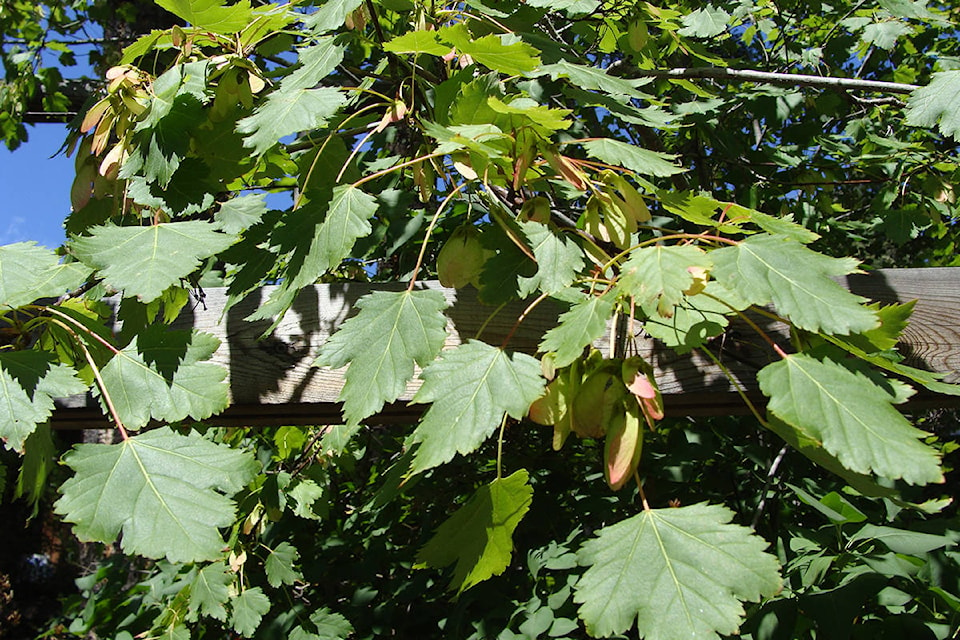While working on an article about land-use planning and protection targets, I encountered many concepts that were new to me. For example, the Aichi targets and Nagoya Protocol were just a few. Here is my short version of where we are regarding the latest natural resource protection ideas. Starting with the 1992 world conference in Rio, there have been similar conferences all over the world mainly dealing with issues like global warming (carbon dioxide concerns) and loss of biodiversity.
According to a recent paper published on biodiversity, “The Executive Secretary of the Convention of Biodiversity (CBD),” Dr. Cristiana Pașca Palmer recently told the Guardian in April that a new agreement should include a proposal to make half the planet more nature-friendly by 2050. This is not quite Half Earth — which envisions half the planet under various types of protection. It does, however, offer a significant ratcheting up of ambition compared to the Aichi Targets committed to 10 years ago. The former Minister for Environment, Waters and Forests in Romania, Pașca Palmer says biodiversity is the “infrastructure that keeps our planet going.”
Thomas Dean, co-author of the paper and professor at Colorado State University, points out that corporations depend on the health of our ecosystems and are therefore at risk of losing the very foundations upon which their businesses rely. Growing awareness of this challenge will increasingly motivate corporations to engage because biodiversity is vital to their bottom line, i.e. industries such as fisheries, forestry, agriculture and insurance. According to Pașca Palmer, it will require a wholesale change in how our economy operates. “We need to shift to an economic model that accounts for the fact that we operate within a closed system – planet Earth – and that our economic growth is limited by the ecological limits of the planet”
Professor Dean goes on to say: “For too long we have viewed corporate and environmental interests as adversarial. However, they need to become aligned if we are to be successful both economically and environmentally. After all, this is the fundamental purpose of an economic system — serving the needs of society in the short and long term.”
A quick review of a provincial government publication shows where this province is at. B.C. has a total of 95 million hectares, of which 57 million is forested lands. Public forests account for 95 per cent, while private is 5 per cent. Public forest land, which is subject to forest management agreements, i.e. timber harvesting land base (THLB), consist of 22 million hectares (23 per cent). Parks and protected areas along with special management zones make up approximately 29 per cent. The majority of forest land excluded from harvesting is usually lower productive forest land, but still provides biodiversity values and other exclusions like old-growth management, and some special reserves are often highly productive timber areas as well.
With pressures of climate change and threats of mega fires, we should reconsider forest harvesting practices and how to ensure biodiversity values in our protected areas. It is hard to say what type of protection is needed for the remaining 38 per cent of non-forest land (water bodies, grasslands, meadows or alpine areas). While protected areas are important, changing attitudes is, in my opinion, just as critical. Until we convince people of the absurdity of slaughtering rhinos for their horns and endangering some reptiles because we want them as pets, we will never protect some species no matter how much area is set aside.
Jim Hilton is a professional agrologist and forester who has lived and worked in the Cariboo-Chilcotin for the past 40 years. Now retired, Hilton still volunteers his skills with local community forests organizations.
READ MORE from Jim Hilton here
